Health and Beauty in the 19th century
Curator, Amanda Sutphin
05.20.2016
Archaeology can reveal very personal information about the lives of the people in the past through the objects that they once used. These artifacts were all found near the Van Cortlandt Manor in Van Cortlandt Park in the Bronx and were excavated by the Brooklyn College Archaeological Research Center in the early 1990s. They were likely thrown out when the site transitioned from being a private home to becoming a city park in 1889. These selected artifacts all date from the 19th century, and include: medicine bottles, perfume bottles, cold cream jars, and a bottle of hair invigorator. While it is possible that similiar products may be found in many New Yorker’s homes today, there are apt to be several key differences including the likelihood that these earlier medicine bottles would have contained high levels of opiates and were made without any regulatory oversight. These remedies may reflect the shift in medicine that occurred in the second half of the 19th century once the role of germs was well understood. Before this, medical outcomes for people who sought professional medical care were generally poor and so many people relied on home remedies even for deadly illnesses. Additionally, the importance of hygiene and cleanliness began to be linked to good health and several of these artifacts reflect that history.
Further Suggested Reading:
Cleere, Eileen, The Sanitary Arts: Aesthetic Culture and Victorian Cleanliness, Ohio State University Press, 2014.
H. Arthur Bankoff et al, Archaeological Excavations at Van Cortlandt Park, 1990-1991
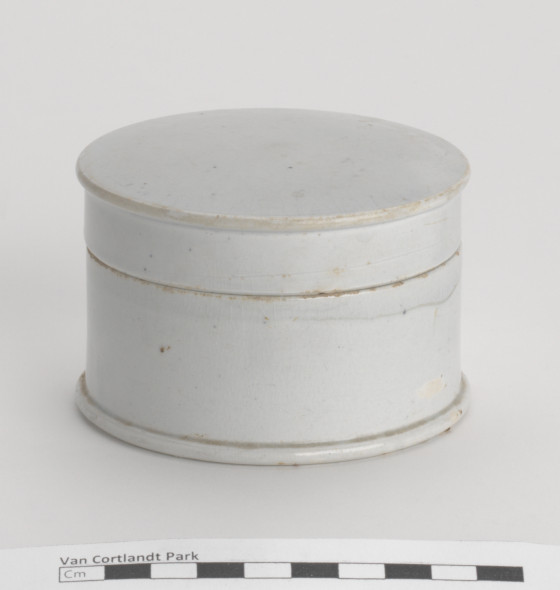
(Mid to late-19th Century)

(1840 - 1860)
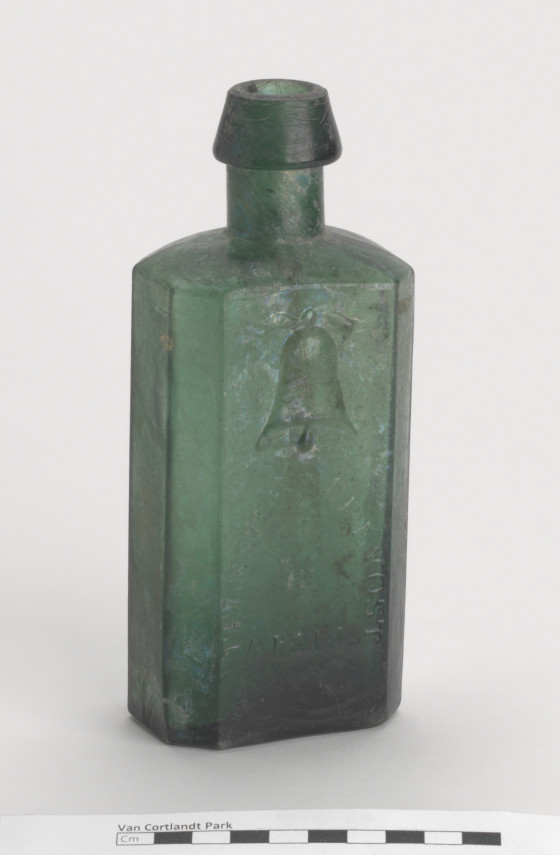
(1830 - 1950)

(1890 - 1920)
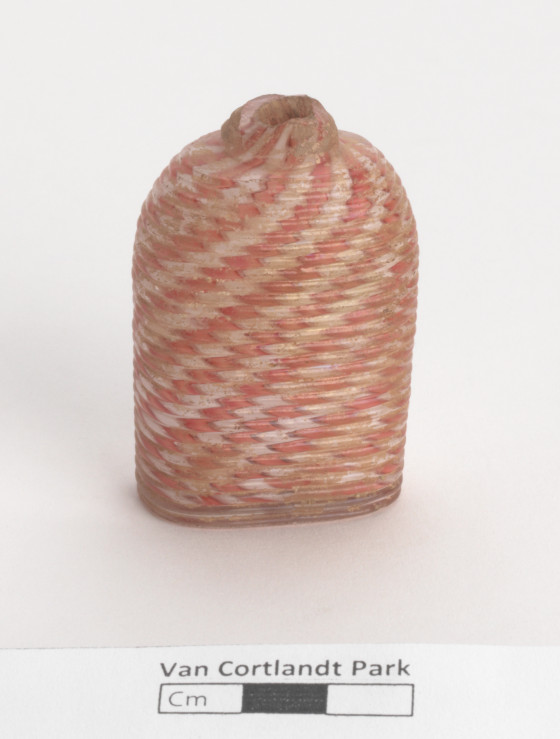
(1800)
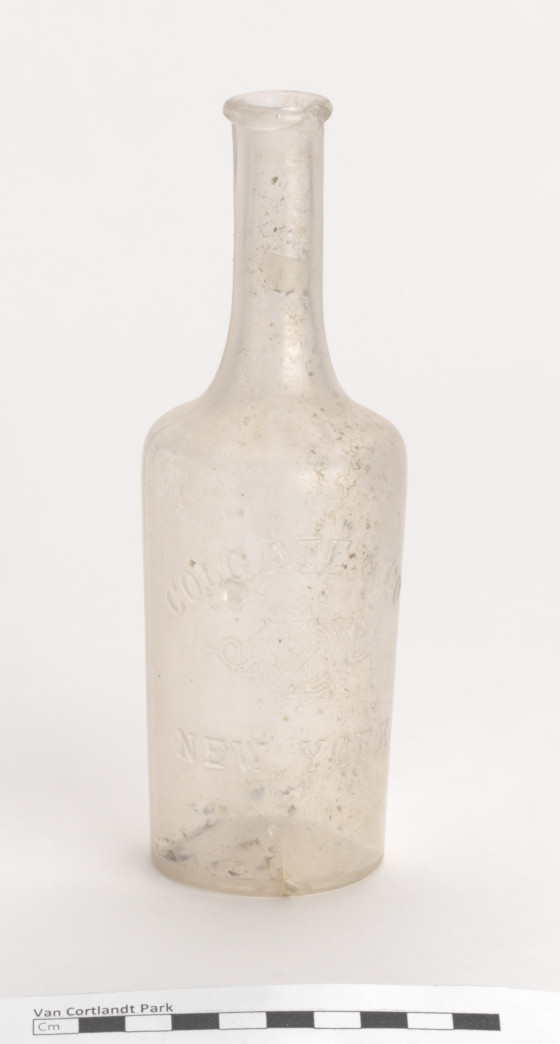
(1830 - 1915)
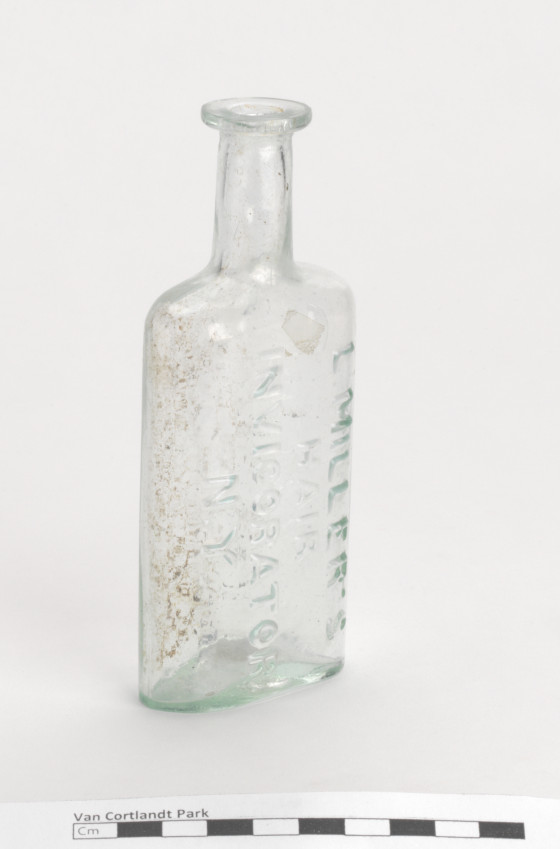
(1860 - 1915)
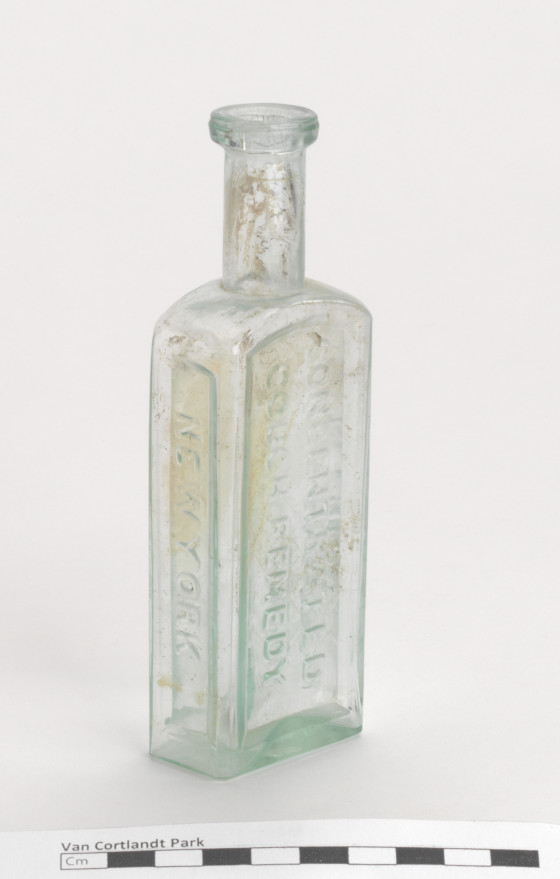
(1850 - 1920)